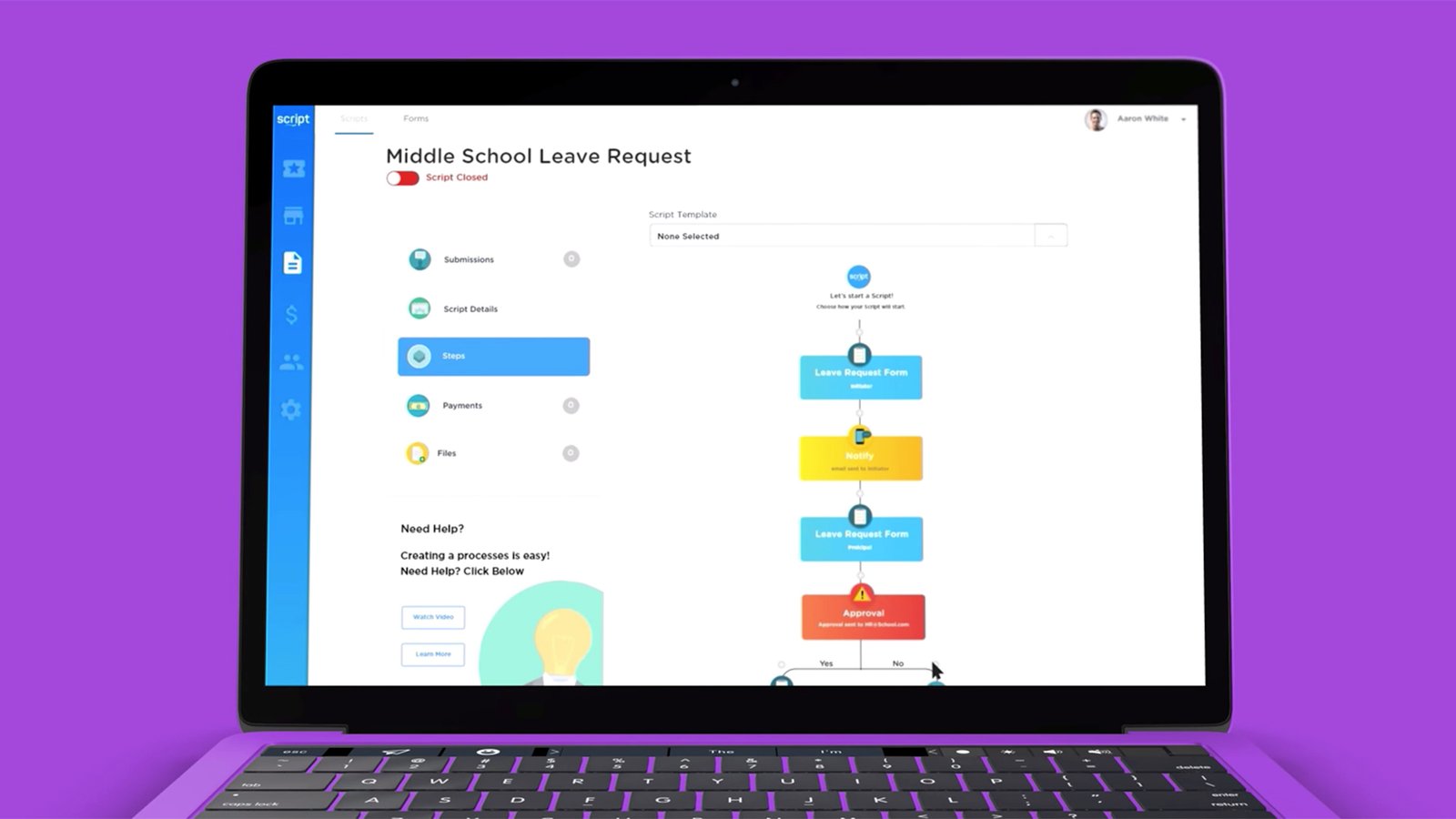The global Student Information System (SIS) market is entering a period of robust transformation, catalyzed by the acceleration of digital adoption across the education sector. From managing student records to optimizing institutional operations, SIS platforms have become foundational to educational modernization efforts. As institutions strive to enhance operational agility, learner engagement, and data transparency, SIS platforms are poised to play a critical role in the future of education.
Strategic Drivers of SIS Market Expansion
1. Accelerating Digital Transformation
Educational institutions are experiencing an irreversible pivot towards digital-first models. The pandemic served as an inflection point, exposing the limitations of legacy administrative systems and emphasizing the necessity for integrated, agile platforms. SIS platforms streamline the management of student lifecycles—from admissions and attendance to grading and graduation—thereby supporting real-time decision-making and agile learning environments. According to Market Research Intellect, the integration of SIS into digital transformation strategies is no longer optional but imperative.
2. Cloud-First Infrastructure
One of the most disruptive innovations reshaping the SIS market is the rapid migration to cloud-based systems. Cloud-native SIS platforms offer unmatched scalability, enabling institutions to adjust capacity in line with changing enrollment patterns or geographic expansion. Furthermore, cloud deployment significantly reduces the burden of capital expenditures on IT infrastructure. Real-time accessibility also supports hybrid and remote learning models, allowing both faculty and students to stay connected across time zones and geographies. This evolution is especially critical for higher education institutions that manage diverse student populations and complex academic structures.
3. Seamless Integration with EdTech Ecosystems
Modern SIS platforms are increasingly designed as interoperable hubs that connect seamlessly with other educational technologies—such as Learning Management Systems (LMS), digital payment gateways, career services platforms, and financial aid solutions. This level of integration not only enhances operational cohesion across departments but also elevates the student experience. By enabling end-to-end visibility into academic and administrative workflows, institutions can eliminate redundancies, improve compliance, and deliver a personalized student journey.
4. Embedded Analytics and Data Intelligence
The incorporation of analytics tools within SIS platforms is revolutionizing how educational leaders measure performance and outcomes. Predictive analytics enable early identification of at-risk students, while advanced reporting tools provide insights into course efficacy, faculty workload distribution, and attendance patterns. These capabilities are instrumental in shaping strategic initiatives such as curriculum redesign, resource allocation, and retention campaigns. Institutions that leverage data intelligence will not only enhance student success but also sharpen their competitive edge in a saturated market.
5. Mobile-Optimized Experiences
Today’s digital-native students expect mobile accessibility as a baseline, not a luxury. The proliferation of smartphones and tablets has necessitated the development of SIS applications with robust mobile capabilities. These apps allow users to access schedules, grades, and notifications in real time, fostering greater engagement and accountability. Faculty members, in turn, benefit from mobile-enabled grading, communication, and attendance tracking, reducing administrative overhead and enhancing teaching effectiveness.
Market Trajectory and Regional Dynamics
According to Grand View Research, the global SIS market reached a valuation of USD 8.05 billion in 2022 and is projected to surge to USD 32.38 billion by 2030, reflecting a striking compound annual growth rate (CAGR) of 20.3%. This exponential growth trajectory underscores the increasing institutional appetite for technological modernization.
- North America continues to lead the global market, driven by significant investment in educational infrastructure, early adoption of advanced technologies, and a mature higher education ecosystem.
- Asia Pacific, however, represents the most dynamic growth opportunity. With a forecasted CAGR of 22.5%, the region is benefiting from expansive government-led digital learning initiatives, rising smartphone penetration, and a burgeoning middle-class population. Countries such as India and China are at the forefront, launching nationwide education reforms that prioritize digital infrastructure and inclusion.
Operational and Strategic Challenges
Despite the promising outlook, the SIS market is not without hurdles. Among the most pressing concerns are:
- Data Privacy and Cybersecurity: As institutions store increasingly sensitive student information on digital platforms, ensuring robust data protection has become mission-critical. A breach can result in reputational damage and regulatory penalties.
- Implementation Costs and ROI Realization: For many institutions, particularly in developing regions, the financial outlay required for SIS deployment can be prohibitive. Clear ROI measurement and phased implementation strategies are essential to overcome this barrier.
- Talent and Training Gaps: Successful SIS adoption depends heavily on the availability of skilled personnel capable of configuring, managing, and maintaining complex platforms. This includes both IT professionals and administrative staff who must adapt to new workflows.
- Change Management and Stakeholder Buy-In: Resistance to change remains a common barrier. Institutional leaders must drive digital transformation with strong governance, stakeholder engagement, and transparent communication.
Future Outlook: Strategic Implications for Institutions
As the SIS market continues to evolve, institutions that proactively invest in next-generation systems will be well-positioned to lead in the emerging digital education economy. Several forward-looking implications include:
- Personalized Learning Journeys: By harnessing SIS data, institutions can curate individualized learning paths that align with student strengths, goals, and progress metrics.
- Global Program Expansion: Cloud-based SIS platforms facilitate transnational education models, enabling institutions to expand their academic offerings to global learners with minimal infrastructure requirements.
- Evidence-Based Policy Making: Data from SIS platforms empowers education leaders to make informed policy decisions grounded in real-time insights, rather than anecdotal evidence.
- Sustainability and Operational Efficiency: The digitalization of administrative workflows reduces paper use, streamlines resource allocation, and supports sustainability goals—a growing priority among global institutions.
Conclusion
The global SIS market is at a critical inflection point, propelled by the dual forces of technological innovation and rising expectations for institutional performance. As education providers navigate this transformation, SIS platforms will be essential enablers of digital agility, operational excellence, and student-centricity. Institutions that embrace these systems not merely as IT tools but as strategic assets will unlock long-term value—improving outcomes for students, faculty, and the broader educational ecosystem.

